How to treat Disc herniation? Physiotherapy Treatment & Exercise
If you want to know How to treat Disc herniation? Then this article is really informative for you, Mostly common Disc herniation treatment options are Pain relieving Medicine, Physiotherapy Treatment and exercise, Acupuncture/Acupressure, Rest, Brace (Lumbar or Neck Depending upon the level of Disc Herniation) and If the Above mentioned option fails to give result then last option is Surgery.
Here I suggest What you should take precautions for and which kind of Treatment is the best option and also suggest a Back exercise that helps to strengthen your back muscles and also related ergonomics of the Back and Neck.
You should also consult your Doctor and Physiotherapist for proper recovery.
Defination
A herniated disk is a condition that can occur anywhere along the spine, but most often occurs in the lower back and it is called a bulging and ruptured disk. most common causes of back pain as well as leg pain or the ‘sciatica pain.’
And some people will have low back pain and leg pain caused by a herniated disk.
This disease is most commonly a very painful condition where long sitting positions, sitting to stand, and long walking and standing to increase the pain.
A herniated disc is a fragment of the disc nucleus that is pushed out of the annulus, into the spinal canal through a tear or rupture in the annulus. and the herniated usually are in an early stage of degeneration. the spinal canal has limited space and the spinal nerve and the displaced herniated disc fragment and the displacement to the presses on spinal nerves, often produce pain and this pain may be severe.
Herniated discs occur in any part of the spine and are the most common in the lower back. and the area in which pain is experienced depends on any part of the spine that is affected.
Which are the Causes of Herniated Discs?
The following are the most common cause of Herniated disc, However, it may vary from person to person.
- Aging wear and tear
- Excessive weight lifting from the floor
- Repetitive Back jerky movement
- Strain from the lifting or twisting Back.
- Wear and tear in the back is called disk generation
- Injury around the Back such as falls on Back
- Long-standing trauma
- OverStress fractures with Disc Herniation
- The sudden heavy strain on the back and or increased pressure over the spine.
- Congenital abnormalities
Which are the Sign and Symptoms of Herniated Disc?
The following symptoms are mostly seen in Herniated Discs.
- Low backache
- Sciatica Radiculopathy with Nerve root compression
- Muscular weakness in affected Nerve root compression
- Paraspinal muscle Spasms
- Tingling Numbness ( foot, hand, stiff neck)
- Burning sensation
- Sciatica nerve pain
- Slow reflexes
- Poor posture such as lordosis or Kyphosis
- Dull ache and pain on one side of the body
- loss of Balance issues
- Loss of bowel and bladder control
- Difficulty getting up from supine to the seating position
- Cauda Equina syndrome where Paraplegia type symptoms are seen
- Loss of coordination however is rarely seen in severe cases
Diagnosis :
The most common imaging for the condition is MRI (Magnetic Resonance Imaging) :
These are diagnostic tests for 3D images of body structures using powerful magnets and computer technology and show the spinal cord and nerve roots and areas of enlargement, degeneration, and tumors.
X-ray of the Back or Neck or Affecting area can show and structure of vertebrae and joints. and the x-ray of his spine to search
for other causes of pain like tumors, infection, and fractures, etc.
CT scan: This image is created after a computer reads to X-ray and the shape and size of the spinal canal, Herniated Disc, etc.
A Myelogram and the x-ray of the spinal canal followed by cerebrospinal fluid spaces can show pressure on the spinal cord or
nerves due to herniated discs, and tumors, bone spurs.
Electromyogram and nerve conduction studies:– this test measures the electrical impulse along nerve roots, peripheral nerve
and muscle tissue etc.
How to Treat a Herniated disc?
Herniated disc treatment are mainly symptomatic pain relieving analgesic, muscle relaxants with Physiotherapy treatment and exercise with Spinal Belt to stabilize spine such as LS Best if Herniated disc at Lumbar area with Rest and Ergonomics are primary or most common conservative treatment.
If this Medical treatment with Physiotherapy treatment are fails to recover then Surgical treatment is recommended mostly by your Doctors.
Medical treatment :
Complete Bed rest is the one of the best treatment option for disc herniated in acute phase and non-steroidal anti-inflammatory drugs (NSAIDs), muscle relaxants,drug are mostly prescribed by your doctors. They also refer you to start Physiotherapy treatment.
Physiotherapy Treatment :
Physiotherapist will take assessment of your condition, take brief history and also ask few question base on onset of pain, your occupation, aggravating and relieving factors and after they make a treatment plan.
Most common Physiotherapy treatment are symptomatic pain relieving Electrotherapy treatment such as Interferential therapy (IFT), TENS, Ultrasound therapy, Lumbar/cervical traction with exercise.
Back extension exercise,,isometric abdominal and lower extremity exercise are helps maintain and improve function of Back and strength.
Walking within limits of comfort is also useful, avoid long sitting position and car and Bike riding.
Posas Bed Rest Position
- Semifocular position in this position, both hip and knee of the patient are flexed. this position are very comfortable and relieves stress on the back.
- Supine lyling with pillows beneath the knees also help in relieving the pain.
- Side lying with hip and knee flexed also found to be effective
Cold pack and Hot Pack
-During acute phase are most commonly used to it. it is known to reduce pain,swelling and muscle spasm. it is also help to reduce
the local metabolic activity and delay the nerve condition.
-Cold pack are used to during the first 24-48 hours and is found to be very effective
-Ice massage: ice applied along the course of the muscle fibers in a stoking direction. and the skin to a higher degree than cold pack.
Hot pack
-Hydrocollator packs- used in two towels and placed on the patients back for 30 minutes.
–Whirlpool Bath : not easy to use in patients with disc hearniated.
-Deep heat Therapy -There are two common mode of the deep heat therapy are the ultrasound and the SWD (Short wave Diathermy).
-TENS : There are effective in relieving both acute and chronic pains.
2-4 Hz at 50 MA pulse rate at 2 pulses/sec between 30 and 60 minutes pulse width
Intermittent lumbar traction/Cervical Traction –
-Used to mechanical device,weight is applied and released for short periods of time.it is very effective as produces a massaging
effect over the spine and provides relaxation also helps to reduce pressure on compressed nerve.
Used to lumbar sacral belt. (LS Belt) : This Belt stabilize the spine and reduce stress during day to day activity and also limit the movement.
Massage : Help full stimulating the tissues and thus relaxes the contracted muscles.
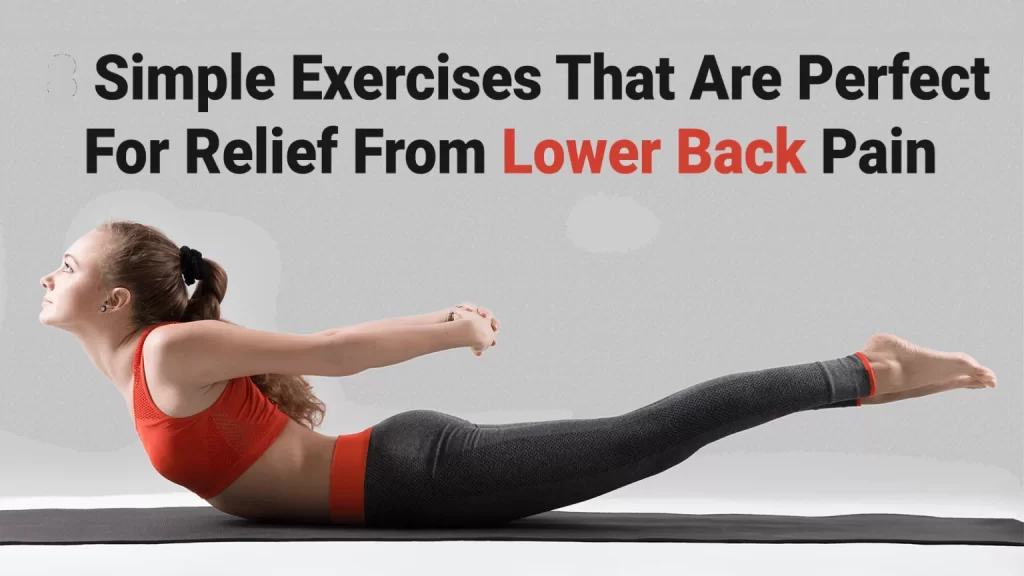
Benefits of Exercise of disk herniated :
- It reduces pain.
- To improve strengthen the weak muscles.
- To improve the poor posture.
- To improve the spinal mobility.
- To stabilize the hypermobile segments.
- To stretch the contracted muscles,ligaments and capsules.
- To reduce the mechanical stress on spinal structures.
Common Physiotherapy exercise of disk herniated:-
- Ankle toe movements
- Straightening quadriceps exercise
- Straightening hamstring exercise
- Back Extension exercise
- Straight leg raise
- Knee flexion
- Knee extension
- Hip flexion with supported
- Turning activity
- Walking
Surgical Treatment :
–Laminectomy :– it removes a portion of a vertebra called the lamina, which is the roof of the spinal canal, located at the the back part of a vertebra that covers your spinal canal. Also called decompression surgery.
-Hemilaminectomy:- this surgery are removed to the lamina.and considered by extended fenestration approach and this
technique is properly done hemilaminectomy is not necessary.
-Lumbar discectomy:-using an short it can return back as a less invasive,painful,more specific procedure giving maximum
comforts to the patient.
-Lumbar discectomy is also choice of treatment of more using this technique.
Low Back care :
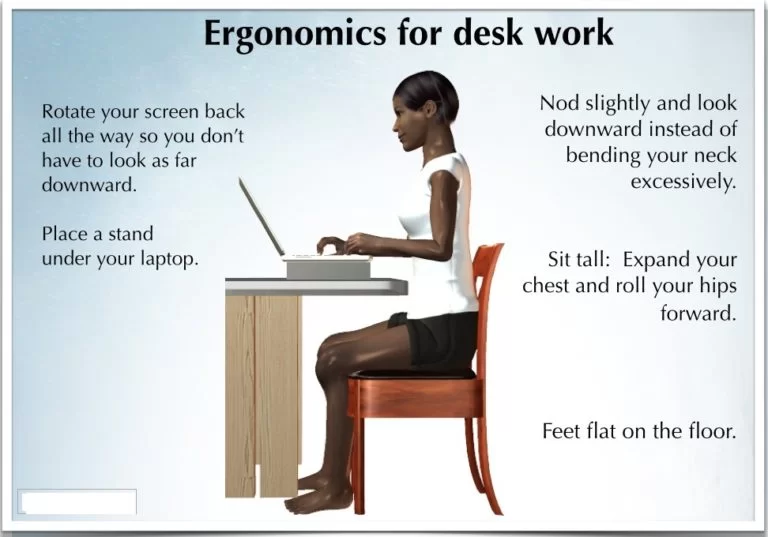
Low Back Care is also equally important in the treatment of Disc herniation.


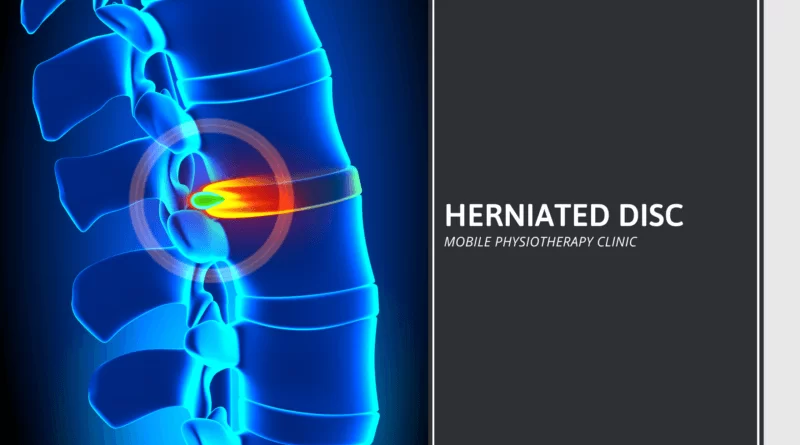


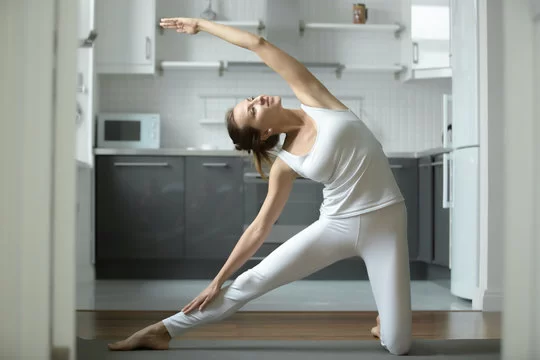
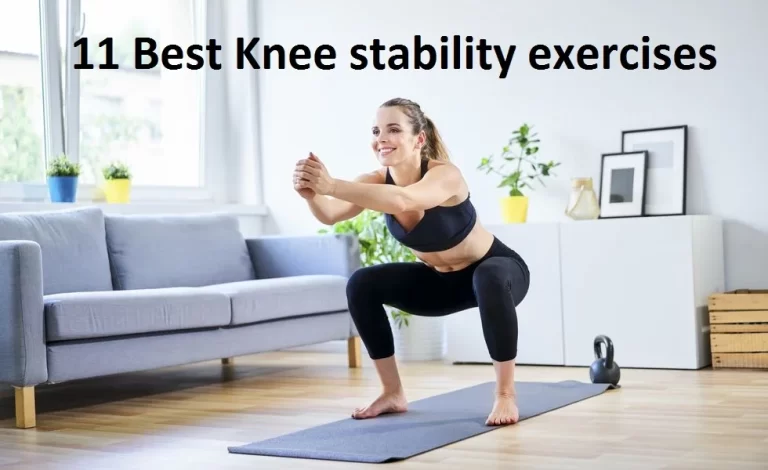
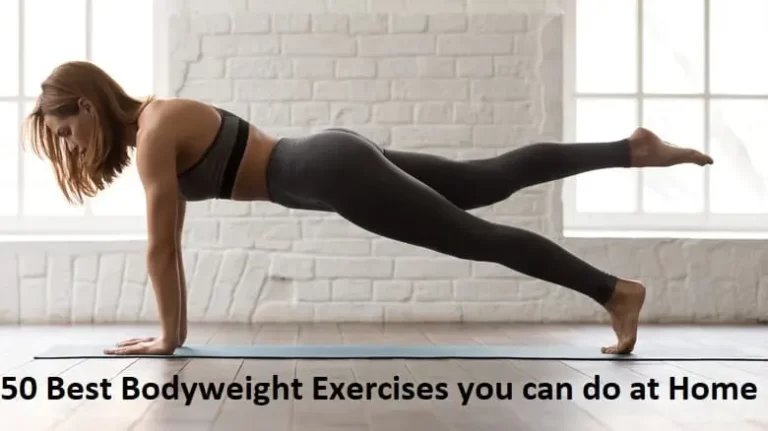
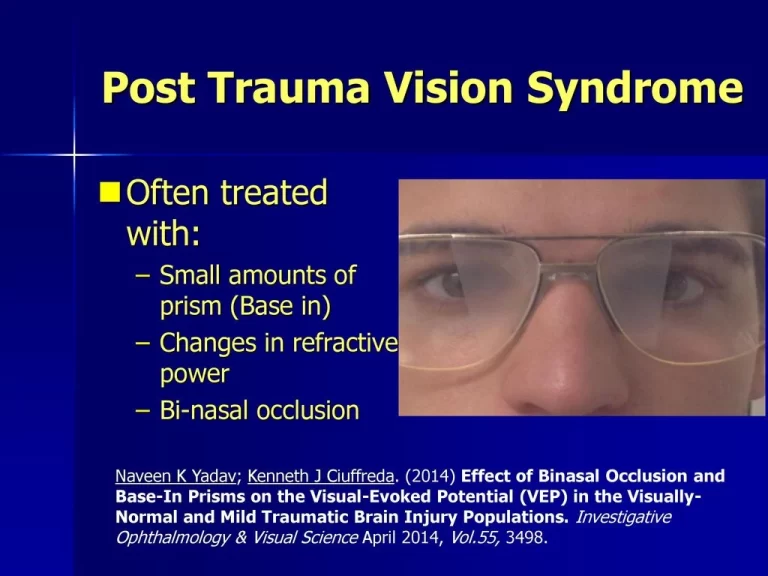
2 Comments